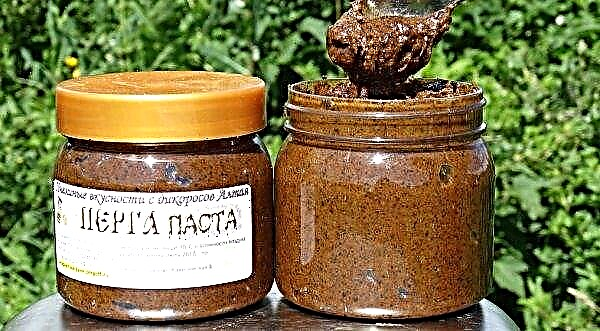Siberian farmers were inspired by the positive experience of their Canadian colleagues in growing such an amazing crop as honeysuckle, and decided to establish the production of this berry in the vast Tomsk region.
A good example for Tomsk farmers was the cultivation of honeysuckle in the Canadian province of Saskatchewan, where today more than three million bushes of this berry grow. For one season, Canadian farmers receive about 200 tons of honeysuckle (a record amount of 300 tons at the end of the season).
Given that the climate of Tomsk Oblast and Saskatchewan is similar, and that both regions are approximately at the same latitude, Siberian farmers decided to increase the production of honeysuckle. Today, the region’s capacities on this issue are only 100 hectares with honeysuckle bushes (the result of ten years of work by local farmers), despite the fact that the fruitfulness of this crop in the northern climate is striking in its volumes and it is generally believed that this is the most suitable berry for a harsh climate.
Today, breeders of the Tomsk region, in collaboration with geneticists and investors, came to the conclusion that honeysuckle should be actively cultivated in the region and positioned as an environmentally friendly and affordable “super fruit” for residents of the northern regions.
Scientists say that a healthy person should consume about 90 kilograms of seasonal berries and fruits a year. However, Russians, especially residents of the northern regions, hardly reach the figure of 50 kilograms per year. Most Siberians eat only 5-6 kilograms of fruit and berries throughout the year. Agrarians of the Tomsk region intend to correct the situation with a shortage of healthy fruits and berries in their region and plan to start work with mass cultivation of honeysuckle.












